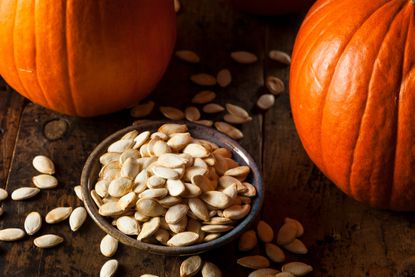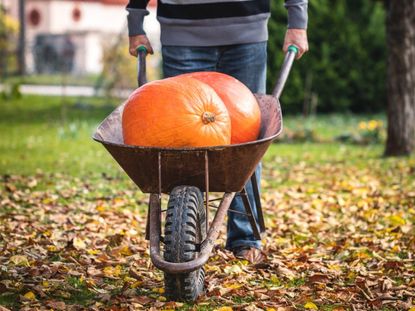Pumpkins
Pumpkins – reminiscent of fall, county fairs and some of our favorite holidays. Who doesn’t love those roasted pumpkin seeds or homemade pumpkin pie? And let’s not forget those jack-o-lanterns for Halloween. But how do you grow pumpkins in the garden to ensure a bountiful harvest? The following pages will help with all your pumpkin growing needs. Read on to learn about the care of pumpkin plants.
Pumpkins
-
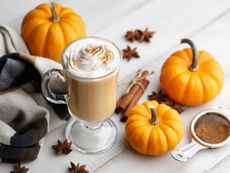
How To Make A Pumpkin Spice Latte From Homegrown Pumpkins
Few items spell fall like pumpkin spice. But can you make your own with pumpkins from the garden? Click to find out.
By Bonnie L. Grant
-
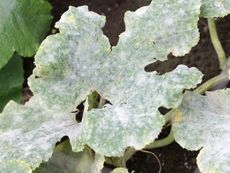
White Pumpkin Leaves: How To Get Rid Of Powdery Mildew On Pumpkins
Do you have white, powdery mildew on your pumpkin leaves? You're in good company; so do I. What causes white pumpkin leaves and how can you get rid of that powdery mildew on your pumpkins? Find out in this article.
By Amy Grant
-
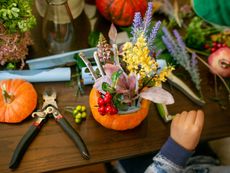
Do-It-Yourself Floral Pumpkin Centerpiece
Can you believe this pretty pumpkin centerpiece was made with just $13 worth of supplies? Plus, it was quick and easy.
By Amy Draiss
-

Pumpkin Varieties For Eating: Best Types Of Pumpkins For Cooking
'With the burgeoning popularity of farmer?s markets and personal gardening, a wide array of pumpkin varieties for eating is available. Take a look at some of the different types of pumpkins for cooking in the article that follows
By Amy Grant
-
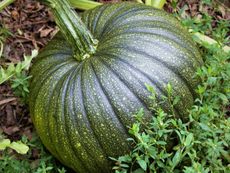
Getting Green Pumpkins To Turn Orange After The Pumpkin Vine Dies
Nothing can be more disappointing than a frost that kills your pumpkin plant with green pumpkins still on it. But never fear, there are some things you can try to get your green pumpkin to turn orange. Click here for more.
By Heather Rhoades
-
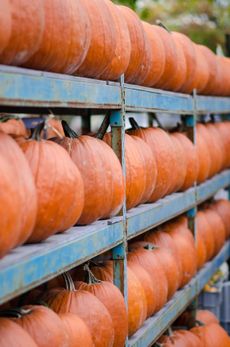
Post Harvest Pumpkin Storage: Learn How How To Store Pumpkins
Growing pumpkins is easy but what about harvesting? Harvesting pumpkins at the right time increases the storage time. Learn more about storing pumpkins once harvested in the article that follows.
By Jackie Carroll
-
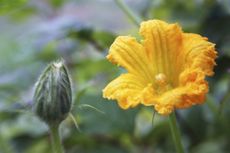
Pollination Of Pumpkin Plants: How To Hand Pollinate Pumpkins
Do pumpkins self-pollinate? Or should you give the plant a hand and, if so, how to hand pollinate pumpkins? The following article contains information about the pollination of pumpkin plants and hand-pollinating pumpkins.
By Amy Grant
-

Pumpkin Insect Control – Dealing With Pumpkin Insect Pests
Big pumpkins can take all summer to grow, and the last thing you want is for your prize specimen to fall victim to pumpkin insect pests. You can learn about pumpkin insect problems and pumpkin insect control in this article.
By Liz Baessler
-

Old Pumpkin Uses: Creative Ways For Getting Rid Of Pumpkins
Getting rid of pumpkins is more than tossing them in compost. There are other old pumpkin uses that might surprise you. Learn more here.
By Bonnie L. Grant
-
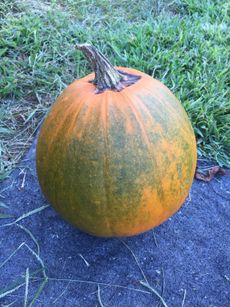
Pumpkin Mosaic Virus: How To Treat Pumpkins With Mosaic Virus
You didn't intentionally plant “ugly” pumpkins, so if you suspect your pumpkins have mosaic virus, what do you do? Click here to find out.
By Laura Miller
-
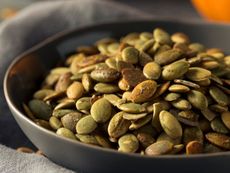
Pumpkin Seed Benefits – Interesting Pumpkin Seed Uses
Wondering what to do with pumpkin seeds? They are easy to prepare as a snack, but also in savory and sweet recipes. Click here for more info.
By Bonnie L. Grant
-
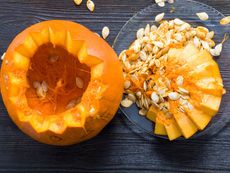
Pumpkin Uses – What To Do With Pumpkins From The Garden
If you think pumpkins are just for jack-o-lanterns and pumpkin pie, think again. Click here to learn about creative pumpkin uses.
By Amy Grant
-
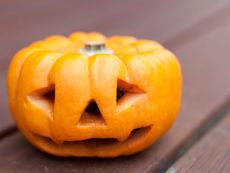
Creating Jack O’ Lanterns – How To Make Mini Pumpkin Lanterns
Carving pumpkins are generally large, but for a new and festive Halloween decoration, try making miniature pumpkin lights. Learn more here.
By Mary Ellen Ellis
-
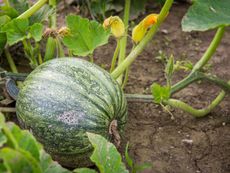
Unripe Pumpkin Eating – Are Green Pumpkins Edible
Can you eat green pumpkins? Unripe pumpkin eating is likely not as tasty as ripe fruits, but will it harm you? Click here for answers.
By Bonnie L. Grant
-

Container Grown Pumpkins – How To Grow Pumpkins In Pots
Can you grow pumpkins in containers? You can, but the results will vary. Click this article for tips on how to grow pumpkins in pots.
By Bonnie L. Grant
-
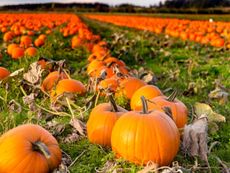
How Many Pumpkins Per Plant Can You Grow?
When planning your pumpkin patch, it’s good to know how many pumpkins you can expect. Read on to learn about typical pumpkin yields.
By Amy Grant
-
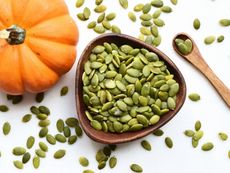
Pepitas Vs. Pumpkin Seeds
Perhaps you've seen pepitas at your local grocery store and wondered if growing pepitas is possible. Click here to find out.
By Laura Miller
